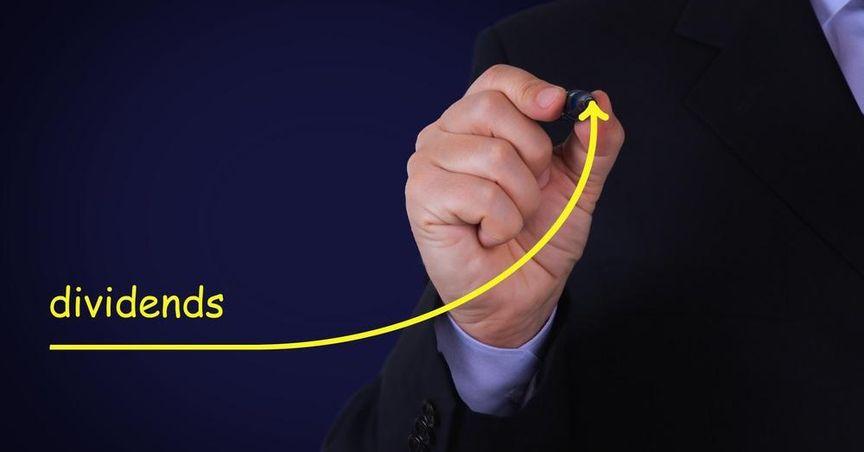Coles Group Ltd (ASX:COL) shares have long been considered attractive for ASX dividend stocks investors, thanks to a typically high dividend yield and consistent dividend growth. However, recent developments have raised concerns about the company's hefty debt pile and its potential impact on dividend sustainability.
Coles Dividend Overview:
In the fiscal year 2023, Coles witnessed a marginal decline of 0.6% in its continuing operations earnings per share (EPS), reaching 78.1 cents. Despite this, the board increased the annual dividend per share by 4.8% to 66 cents, translating to a trailing grossed-up dividend yield of 6.1% at the current Coles share price.
However, projections indicate a potential end to the dividend growth streak in FY24. Commsec forecasts an annual dividend per share of 61.4 cents for the current financial year, resulting in a grossed-up dividend yield of 5.7%.
Debt Concerns:
The last few months have been challenging for ASX COL shares, with a notable 15% drop in the share price since August 1, 2023. The company's total debt increased from $1.06 billion on January 1, 2023, to $1.12 billion on June 25, 2023. Although not yet alarming, an expanding debt load raises questions about the company's financial health.
Coles reported net debt, excluding lease liabilities, of $521 million at the end of FY23, indicating a $159 million increase from the half-year net debt position. The balance sheet's growing leverage could potentially become problematic, although it has not reached a critical stage.
Interest Costs and Financial Flexibility:
In FY23, Coles observed an increase in interest on debt and borrowings by $12 million, from $16 million in FY22 to $28 million in FY23. The interest paid on the cash flow statement, excluding lease payments, saw a $16 million rise to $57 million.
While Coles generated a net profit after tax (NPAT) of $1.04 billion in FY23, providing financial room to cover current interest payments, the concern arises if interest rates remain high or increase further. The company's interest costs could potentially escalate.
Coles maintained an average maturity of drawn debt at five years, with undrawn facilities of $2.3 billion at the financial year end. The lease-adjusted leverage ratio at the full year was reported at 2.6 times on a continuing operations basis.
Outlook and Potential Challenges:
In FY23, Coles' debt increased, and the company anticipates operating capital expenditure of $1.2 billion to $1.4 billion in FY24. Delays and increased costs for Ocado distribution centers add to the capital expenditure, potentially impacting short-term profitability.
The supermarket giant also warned of inflation costs affecting short-term profitability, particularly related to wages. This may lead to a projected fall in profit in FY24, impacting the Coles share price. A lower profit scenario could influence the company's dividend payout decisions.
Conclusion:
The trajectory of Coles shares appears to be at a crossroads, with debt accumulation and potential profitability challenges looming. While the company believes it retains sufficient headroom with credit rating metrics and a "strong" balance sheet, investors must closely monitor how Coles navigates through the hurdles of increased capital costs, inflation, and potential profit declines.
The long-term success of Coles may hinge on its ability to balance debt management with sustained revenue growth. As the company aims to uphold its strategic initiatives, including supporting growth, shareholders will keenly watch for signals of resilience in the face of economic uncertainties.



